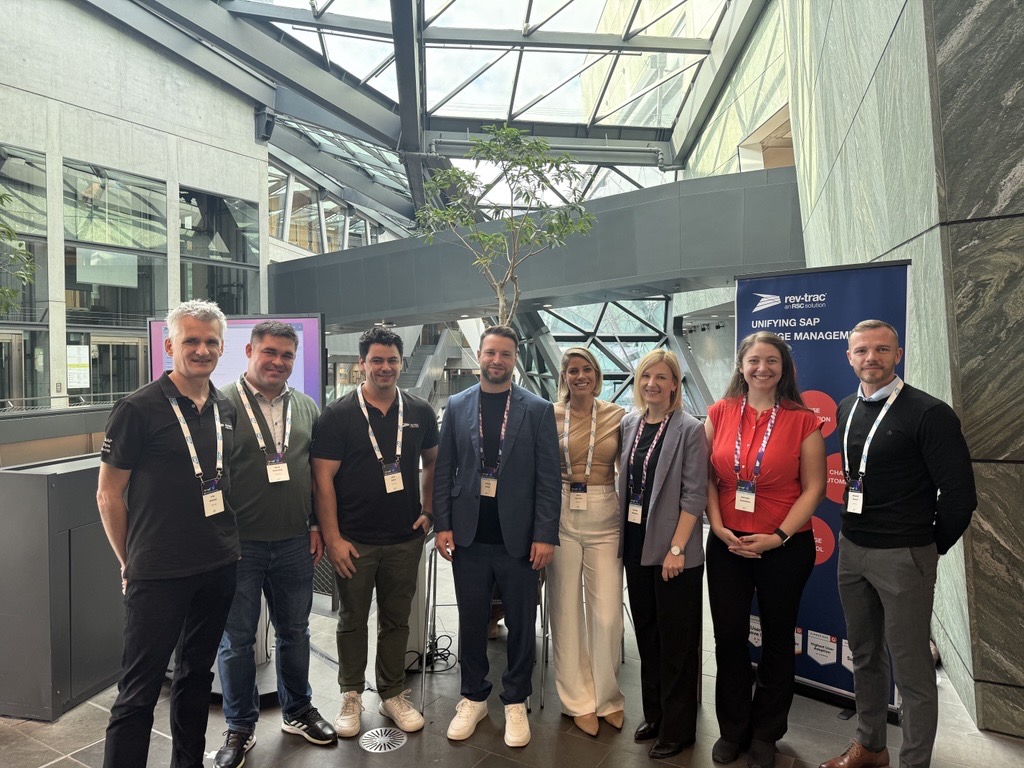In our previous blog, we explored ideas behind the best practices in SAP change management, current market forces impacting change management, and a detailed look at automation and acceleration as fundamental pillars. In this 2nd part of the series, we take a detailed look at compliance and safety to round out the study and share some closing thoughts on the evolving requirements of change management in SAP.
Compliance
While perhaps not an exciting topic, compliance and reporting are essential for many businesses and industries. Change management solutions help with the consistency and automation of processes and documentation to meet regulatory demands.
Most SAP enterprises today have some reporting capability in place. However, modern change management solutions for SAP can automate nearly the entirety of compliance reporting while ensuring non-compliant changes or practices are flagged automatically for review before they happen.
Extending this concept to migration and upgrade projects, businesses will require traceability: ensuring compliant change across production and project systems to prevent the introduction of regression defects. Changes across systems, including updates and transformations, are matched as pairs and monitored for correct delivery and testing to both systems with robust reporting and change history.
This capability should extend to any change, including transformation efforts, when functionality is re-architected to Cloud services. Tracking each change and ensuring delivery to existing systems and future systems before cutover reduces the chances that functionality gaps or legacy defects reach new systems.
Safety and Stability
The big news among large enterprises is the introduction of SAP Cloud ALM and the end of support for classic on-premises management tools, including Solution Manager, Focused Run and Landscape Manager. Any firm running SAP in a production capacity past the various 2025, 2027, 2030 and 2033 dates – depending on support contracts and RISE commitments with SAP – may face a management solution replacement to ensure business continuity.
Regardless of formal support, Solution Manager and ChaRM are at end of innovation, so one should ask if the product today is sufficient for the foreseeable future without updates or enhancements. Cloud ALM flexes considerable muscle for Cloud ERP deployments, especially Public Cloud. But it does not focus on traditional ERP in a significant way and may be insufficient as a solution for customers with hybrid requirements.
This is where the 3rd-party market for change management in SAP really shines. The leading vendors solve for on-prem legacy change, support integrated hybrid environments mixing legacy and Cloud, and pure Cloud ERP environments leveraging BTP and other Cloud technologies seamlessly. In addition, they manage change between these environments, maintaining traceability and even compatibility, as is often the case with ECC and S/4HANA brownfield migration.
Expect change management solution to elegantly support parallel development, automatically detect overwrite, overtake, and dependency conditions, and automatically detect hundreds of possible transport handling mistakes with sophisticated analysis. These solutions may also manage transport redeployments automatically after system provisioning, transport route changes, or system refresh. The best solutions support the DevOps release-when-ready concept, meaning analysis ensures the integrity of any release, even when features are added or removed dynamically based on development readiness.
Looking forward to change
Recent market forces in SAP have created an opportunity for change in managing SAP, and many firms may find their existing solution insufficient for future needs, even if they are not planning upgrades or migrations in the coming years. The exciting news is that 3rd-party vendors are supporting SAP change with more sophistication, better automation, and quality innovations to lower the cost of SAP operations, even after replacing legacy solutions.
This should get you thinking about what to consider and look for in a new SAP change solution based on plans for continuing on-premises, hybrid and Cloud investments in future ERP.
For more information or further questions about SAP change management, contact our experts and schedule a consultation to discuss your needs.




